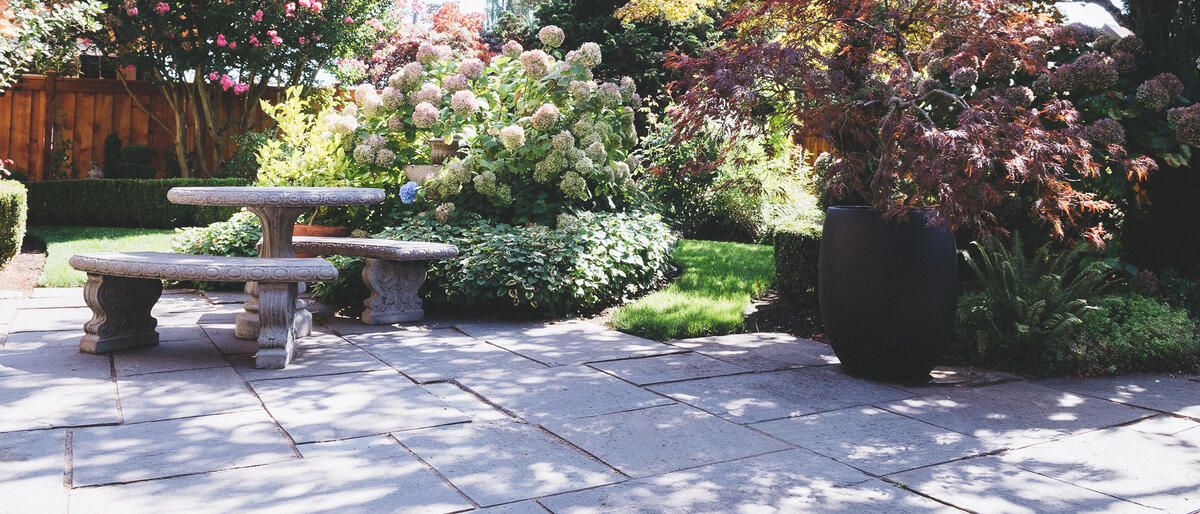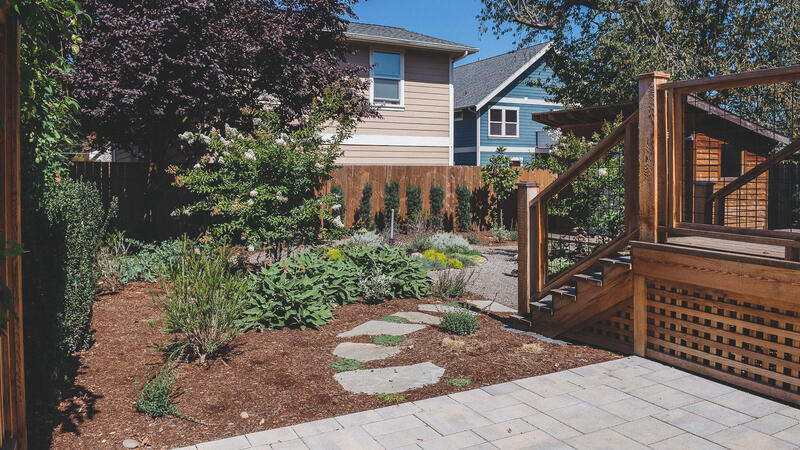How to Choose Patio Materials


How to choose patio materials may seem like a daunting task given the variety of products, prices and functionality of each. To simplify your decision process we have broken down the 3 common types of materials used in patio installation along with the pros and cons of each.

Pavers are an excellent choice for replacing or installing a new patio. They are a popular choice for their versatility, beauty and functionality. There is such a wide variety of paver materials they can usually accommodate many different budgets. If installed correctly pavers are adaptable to tree root growth which is of particular concern in Oregon. Pavers are also extremely permeable, this means in times of rain, they absorb and pull water away from the surface reducing standing water and run-off. Additionally, they are extremely durable and can serve multiple functions, such as walkways to heavier use for driveways.
Pros: Aesthetically pleasing, wide range of styles and materials for varying budgets, adjustable to growing tree roots, multi-use (heavy or light use), water permeable.
Cons: If not installed properly pavers can become a major headache and the price tag can rack up due to having to dig them up to fix issues. To avoid unnecessary complications, they should be installed by a licensed professional.
Flagstone is good for homeowners looking for a natural, organic look and feel to their landscape. It is very durable and can undergo heavy outdoor use, coupled with its beauty; flagstone can be a great option. There are a wide variety of material types making it flexible with various budgets. However, it is important to note that flagstone typically has a higher price point than pavers.
Pro: Aesthetically pleasing, durable, budget friendly
Cons: Not the best for a completely smooth surface. This could be a problem for anyone with stability problems or anyone using a walker.
Concrete is a great option for utilitarian purposes such as slabs for sheds, basketball courts or garages. However, it is not the best for walkways, driveways or paths, as it can crack and shift for a variety of reasons (including from trees roots). Walking the streets of Portland, you have likely seen this. Furthermore, concrete does not absorb water, which means puddling is likely to form and increases run-off which is an environmental concern. Finally, concrete does very little to enhance the curb appeal of a landscape given its industrial appearance.
Pros: Good for utility spaces such as basketball courts, shed slabs etc.,…
Cons: Not aesthetically pleasing, prone to cracks and shifting, prone to puddling and run-off.